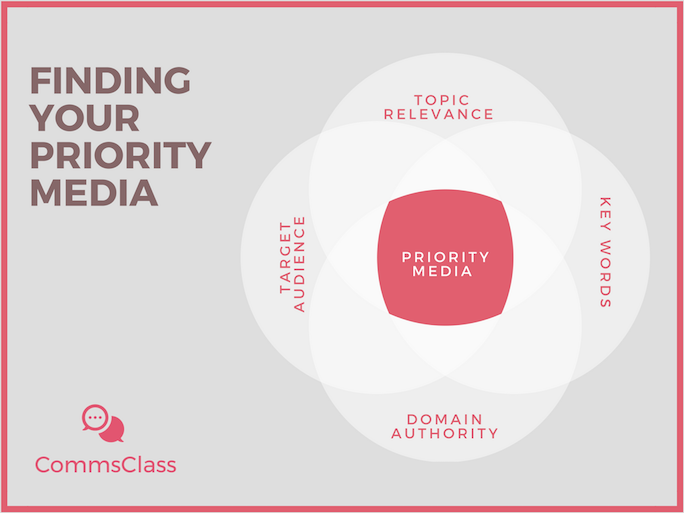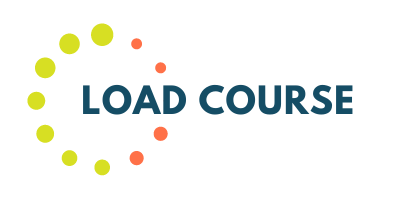Formula for a winning publicity campaign
$39.00
Formula for a winning publicity campaign
Sale Page: Formula for a winning publicity campaign
Original price: -/-
You just pay: $39.00
Status: Instant Delivery
One that’s effective and won’t piss off your media list
So, you’ve decided you’re ready to make an announcement to media. You’re opening a new venue, launching a product or announcing a partnership.
Perhaps you’ve been told the way to do this is by writing a media release, and then sending it as a BCC to a large list of journalists.
This is a very good way to piss off a long list of influential people. Please do not do this, ever. It’s damning to your brand, and to the reputation of the PR industry. Here are six steps on what you should do instead.
Carve out your priority media

My mantra is to do less, more effectively.
I know that I can’t email 100 journalists in a day and even if I did, the outcomes I want will come from only 20 on that list. Instead, I identify who are my top priority journalists with the below criteria:
Topic relevance
You need to find journalists interested in your industry or type of product, who have covered similar stories or scoops before. If I’m launching a new hospitality venue, I’m not going to email a fashion correspondent…
Target audience
Talking to the wrong audience is futile. Download the outlet’s media kit for audience demographics – where do their readers/listeners/viewers live, what are they interested in, what do they do for fun. Are they an audience interested in your product, and are they likely to visit your website?
Key words
Conduct a search for your products’ key terms on Google news. Note which news outlets organically appear on the first few pages of results?
For example, my key words for CommsClass are ‘PR Consultant Melbourne’. When I type this into Google News, the outlets that rank first include The Australian, AdNews, Marketing Magazine Australia and Digital Journal. If I was going to pitch a story, I know that these outlets need to be made a priority.
Domain authority (DA)
DA is a score that predicts how well a website will rank on search engine result pages. When you earn an online editorial from a higher-ranking DA which drives traffic – through a link – to your own website, this earns you credibility with Google(!).
Here is where you can Download the Moz Tool bar to monitor your own domain authority, as well as those for other media sites. When putting together your media list, only include outlets that have a domain authority higher than your own website.
After checking off these four criteria you should have a highly relevant and effective – but short – media list.
Get Formula for a winning publicity campaign at Tenlibrary.com
Service remaining media, with an RSS or subscribe function
If you’ve built media lists in the past, you will find that many of them don’t make this new priority list.
Of course, these relationships are still important and you need to service them with updates if they are genuinely interested and/or expecting it.
I recommend setting up a blog page on your site where you can house media updates, with a subscribe function. Use RSS, or send the update through a reputable mailing system like MailChimp which automates unsubscribe links.
Ask these media if they’re happy to be subscribed. Don’t worry – if they’re genuinely interested and you have a relationship, they won’t mind. In fact, they’ll appreciate you’re asking their permission and will be less likely to delete the emails.
Personalise your media angle
Back to your priority list, your crème de la crème.
You now have a short but effective list you can spend more time on. You need to brainstorm a personal idea for each that will gauge their interest, with the end goal of generating coverage.
In some cases, the announcement you think is newsworthy will need another hook. Sorry.
This is called a ‘media angle’. Here are some examples, but depending on your announcement there are 100 ways to skin the cat, so to speak.
The fundamental is to read, watch or listen to their segments/columns and consider how you could place your news in a way that fits with their content.
Picture opportunities
Print publications or highly visually blogs will often run stories if there is a great photo to accompany it. The more colourful and grabbing the better. Email the editor with a colourful and descriptive idea for them to shoot, or if they run supplied imagery, provide your own.
Trend or round up stories
Show that your product is part of a wider trend. You’ll need proof – so other examples of the trend. And potentially a high-profile spokesperson to comment. Better yet is if you can supply qualified research/statistics that prove your idea. Just make sure you’re using a reputable source – journalists won’t publish unattributed opinions.
Recipe sections
Applicable to F&B and hospitality, recipes are a great way of earning publicity. Be sure to downsize the quantities, add an introduction, and check the copy is error free. Also, having quality photography will make (or break) your chances of getting the recipe published.
Know your timings
Different styles of publications work to different deadlines so it’s essential you check, before you pitch.
For example, you wouldn’t email Gourmet Traveller Magazine about an event happening in three weeks’ time, as their lead times are a minimum of 3 – 6 months. Here’s a rough guide:
- Online: can publish immediately – but best practice would be pitching at least two weeks prior
- Newspaper: Weekly supplements (six-eight weeks) / EGN or daily pages (two-four weeks)
- Magazine: three – twelve months, depending on frequency
Prepare materials in advance
You’ll need to have all the materials ready for when a journalist does pick up the story.
And please don’t clog up their inbox by attaching the entire press kit in your first email. Link to them on your website, or let them know you have if/when they need it.
Your press kit will contain:
- Your latest media release outlining details of the announcement
- Backgrounder: One page outlining exactly that, the background of your organisation. Who, What, Where, When, Why and How.
- Photography: A strong image library is critical. Sort high resolution (min 2MB) files from low resolution (min 500KB) files, and caption with product details and photographer’s credit. Ensure any photos you send are JPEG format, colour and a minimum of 300 DPI
- Menu and wine list (for restaurants)
- Biographies – for any spokespeople
Nurture relationships
You’ve got your list, your angle and your press kit, but there’s one more step before sending your email. You must get your name on their radar. If they don’t know your name, that email has zero chance of an open and might even get marked as spam (eeeeek!).
You’re a human, they’re a human, so I’m sure you can work it out. Here are some ideas if you’re at a loss at where to start.
- Read every article they write, watch or listen to their show. And if you have an opinion that could that add value (not just “great story”!) add it to the comments section. Trust me, every journalist or blogger reads the comments section.
- Create a private list on Twitter of your top priority media and monitor the stream constantly. It sounds stalkerish, but will give you great insight into their work and opinions and may provide you an opportunity to find common interests / conversation.
- Attend events they may be hosting or are guests of and introduce yourself in person.
- If you have the budget, consider hosting them, or giving them a sample of the product with the pitch.
After you make payment, we will send the link to your email then you can download the course anytime, anywhere you want. Our file hosted on Pcloud, Mega.Nz and Google-Drive
KING OF COURSE – The Difference You Make
More Courses: Business & Sales
Be the first to review “Formula for a winning publicity campaign” Cancel reply
You must be logged in to post a review.
Related products
Internet Marketing
SEO & Web Design
Build Creative Website Using HTML5 & CSS3 & jQuery & Bootstrap
Internet Marketing
SEO & Web Design
SEO & Web Design
ConversionXL & Chris Mercer – Google Analytics For Intermedia
Internet Marketing
Intelligynce Platinum – Spy On Over 100,000 Shopify Stores And Over 500,000 Products
Internet Marketing
SEO & Web Design












Reviews
There are no reviews yet.